
Evolution Of Metal Cans Manufacturing For Food Packaging
The food packaging industry has experienced numerous progressions since the ascent of the first metal packages. Industrialization was the main push behind metal being an early decision of material for the mass commercialization of food items. There are many key defining moments in history since the modern transformation that have prompted the present condition of new procedures for Can Component manufactures to make packaging with aluminum and different metals.
The Early Evolution of Canned Food Packaging Techniques
After the French and American revolutions, current packing strategies started to develop. The nineteenth century saw quick headway’s in production line hardware that accelerated packaging forms. In the mid-1800s, commercial food containers were made of materials, for example, pottery, glass, and tin-plated iron. The early industrial can component manufacturers started their can processing plants in the United Kingdom around the first decade of the 18th century. Foods that were canned in that time included clams, meats, vegetables and fruits.
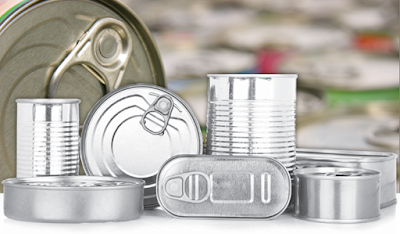
Ornamented attractive tinplated cans began to wind up tremendously during the 1830s with bread rolls and cakes. The patent for the first machine to stamp round and hollow can closures After eleven years American designer Ezra J. Warner won a patent for the can opener, which ended up regular to U.S. military work force during the Civil War.
Modern metal cans are much more ideal for preserving any food material as food can component manufacturers implement a heating procedure will destroy pathogenic microscopic organisms or control deterioration living beings present, and have a negligible effect on the dietary and physical characteristics of the food.
Why Are Metal Cans Preferred In Food Packaging?
Canning guarantees that the food protecting procedure is done accurately and adequately by utilizing metal packaging. Although plastic and other synthetic materials are highly influencing packaging industry nowadays, metal can remain as a fundamental choice for food packaging by the majority of food can component suppliers and manufacturers due to its significant benefits such as recyclability and durability. Some of the main advantages of metal food packaging are:
> Foods filled in metal packaging needn’t bother with any added preservatives. Foods filled in metal packaging don’t lose their supplementing properties and keep their original flavor for a long time.
> Due to lightweight metals used in a metal can such as aluminium, metal packaging provides high resistance with low weight. Metal packaging is invulnerable to physical hits.
> It is convincing to create metal packaging at practically any measurements and structure, in this way making itself credible for packaging of food items at desired measurements.

An Era of Sustainability: Making of Eco-friendly Packaging Materials
The establishment of Earth Day in 1970 commenced another time that motivated recycling of metal can. Can producers started giving nearer consideration to standards of reusability, as they started to underline fewer materials to make lighter cans. Metals are the most feasible materials since it’s sturdy enough to keep up a long storage life, and it may be reused easily many times without loss of quality.
The metal cans then rapidly started to influence the beverage world in the 70’s due to the long-lasting beverage cans sealed the easy open ends. Many easy open-ends manufacturers created the easy to open lids of beverage cans which don’t need tools like the opener. This concept of EOC now became popular among the soft drinks, fruit juices, as well as beer manufactures.
The food packaging industry has utilized several materials over the previous century; however, metals, for example, aluminium and tinplate have picked up the most across the broad support because of solid quality and maintainability. History demonstrates that metal cans are the best way of storing food products for the long-term.

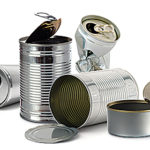
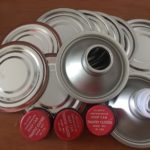
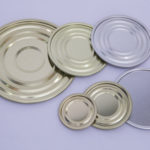

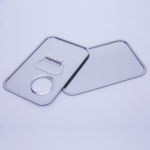
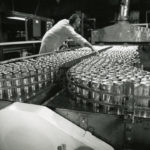

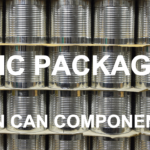
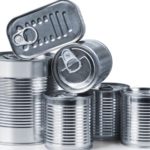
Comments
Leave a Reply